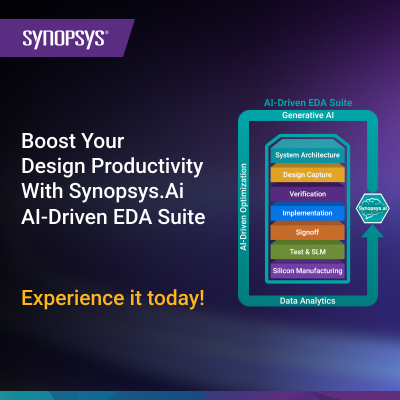Over the last decade, automobiles have been morphing from stand-alone mechanical objects to highly connected systems with ever-increasing usage of electronics. Semiconductor supply disruptions (OEM factory shutdowns) caused by the recent situation with Covid and the political tensions and China have demonstrated the… Read More
Author: Rahul Razdan
Modern Automotive Electronics System Design Challenges and Solutions
Solutions for Defense Electronics Supply Chain Challenges
“The amateurs discuss tactics: the professionals discuss logistics.”
— Napoleon
Logistics is even more important today than it was in the early 1800’s. Further, the effectiveness of Defense systems is increasingly driven by sophisticated electronics. As the recent Ukraine conflict reveals, weapons such as precision munitions,… Read More
Are EDA companies failing System PCB customers?
Electronic Design Automation (EDA) is a critical industry which enables the development of electronic systems. Traditionally, EDA has been bifurcated into two distinctive market segments: Semiconductor and Systems (PCB). If one were to look at the EDA industry in the early 1970’s, one would find significant capabilities… Read More
The Increasing Gap between Semiconductor Companies and their Customers
Semiconductors sit at the heart of the electronics revolution, and the scaling enabled by Moore’s law has had a transformational impact on electronics as well as society. Traditionally, the relationship between semiconductor companies and their customers has been a function of the volume driven by the customer. In very … Read More
The Increasing Gaps in PLM Systems with Handling Electronics
Product LifeCycle Management (PLM) systems have shown incredible value for integrating the enterprise with a single view of the product design, deployment, maintenance, and end-of-life processes. PLM systems have traditionally grown from the mechanical design space, and this still forms their strength.
Meanwhile, due… Read More
The Growing Chasm in Electronic System Design
Since the formation of the Electronic Design Automation (EDA) industry in the 1970s, Moore’s law has increased functionality onto a semiconductor die dramatically. In response, EDA tools for semiconductor design have also grown in functionality and the design processes for semiconductors have moved forward at a breakneck… Read More
The Coming Evolution in Electronics Design Automation
Electronics design mega-trends have been a transformational force for the world. As shown in blue in Figure 1, the first wave of electronics consisted of centralized computing and the leaders in the field included companies such as IBM, Digital Equipment Corporation (DEC), Wang, and others. Fundamentally, these technologies… Read More

















Flynn Was Right: How a 2003 Warning Foretold Today’s Architectural Pivot